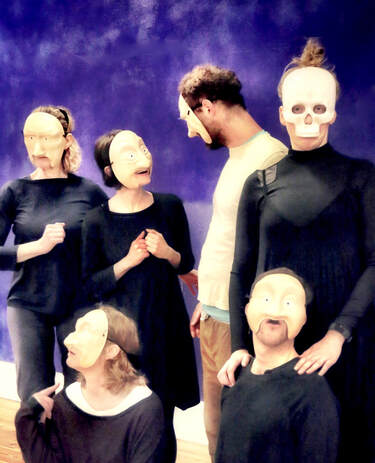 Some of the 'family'; Hero, Child, Lucifer, Death, Fool and Trickster (clockwise). Photo by Robert Piwko (manipulation PL).
Some of the 'family'; Hero, Child, Lucifer, Death, Fool and Trickster (clockwise). Photo by Robert Piwko (manipulation PL). Archetypes Online
Since the Covid-19 pandemic, I adapted to run my Alchemy of Archetypes workshop online, without masks, using the process of stepping in and stepping out as described in Frankie and Janet’s book but also as I learned it from theatre practitioner Mollie Guilfoyle who ran Soylent Theatre People’s Theatre, creating plays that included masked and unmasked characters which demanded a shared level of ‘heightened’ playing (more physical / not-naturalism). In most of my teaching, I encourage a playing state which is both physically embodied and imaginatively immersed. My experience learning with Butoh performers (Sankai Juku, Natsu Nakajima and UK-based Yumino Seki), planted the seed for surrender to the essence. My great respect for comedy and clown also brings forward the joy of play and the joy of otherness.
How I came to develop the Death Archetype:
Inspiration was always there in memento mori paintings and illustrations of Death and the Maiden, and
in recent years, the work of Hungarian artist Zsuzsanna Ujj. I took her images below as inspiration for the character of Gloriana, in a freely-adapted student production of ‘The Revengers Tragedy’
at RADA in order to give Vindice’s dead girl friend a presence and a voice in the play.
| Mantra Frankie Armstrong and Janet Rodgers collaborated with John Wright, well known for his mask ‘mantras’. At home with the mask I became generating options for the Mantra. I tested a few in a workshops and decided on the mantra. ‘I am the inevitable.’ The image on the left here is an illustration from wonderful artist Tracey Tofield’s workshop sketchbook, with her generous permission. Mirth + Dread = Funny Bones In 2020 and continuing in 2021, with sensitivity in this time of the Pandemic, I list the Death Archetype in my workshop description as ‘The Carnival Figure of Death’, so as to remind people of the creative play possible around darker subjects, and of the ages-old human impulse and ability to both flirt with fear and to counter fear with laughter. Respect - checking in I take care with this Archetype to check with participants whether they might be recently bereaved and to check their willingness to take the Journey - giving an option to take time out if needed. The Heritage of Carnival (from Wikipedia) '...common features of Carnival include mock battles such as food fights; expressions of social satire; mockery of authorities; costumes of the grotesque body that display exaggerated features such as large noses, bellies, mouths, phalli, or elements of animal bodies; abusive language and degrading acts; depictions of disease and gleeful death; and a general reversal of everyday rules and norms. |
‘Enjoy your bones as you move.’ I repeat Viola Spolin’s phrase from her book ‘Theatre Games for the Lone Actor’. Spolin says: Feel your skull. Feel your skull with your skull.
Next follows a Carnival-esque ‘Dance your Bones’. Tom Waits’ track ‘Singapore’ has a perfect rhythm and is dark and downbeat but still jaunty.
I give side prompts during dance to get people to raise elbows, explore hips, think of empty eye sockets and explore teeth and jaw. Have fun playing with what funny things your legs can do. And then the hips. Death can be as dry as dust, but s/he/they can be a bit cheeky as well.
Towards the end of the track, everyone is at the Skeleton Ball, and dance together (if online, it’s fun to play ‘peekaboo’ by coming and going out of the screen).
Set up for the Immersion / Guided Journey:
Dina Glouberman invented ‘Imagework’. You use the body-mind’s ability to access knowledge intuitively by allowing spontaneous images or sensings of metaphors which can contain helpful information of issues and allow, through inhabiting and moving and calling in mentors or adopting different viewpoints, a transformation of unhelpful fixed patterns. The work includes imaginal journeys - for example, you can visit the House of Health; The House of Sleep; The House of Time; the House of Money - there are steps to pass through and it's possible to gain some startlingly helpful insights.
On an advanced course, Dina led us on a journey to meet Death. And most of us were empowered to find how calming it was to have that experience. Many of us found that Death is just a doorkeeper. That's their job. They're not scarily coming after you with a knife, they're just very patient. And very pragmatic.
Death The Doorkeeper
Can you get a sense of this expression of Death, the functionary? For your voice: use your bones, or use your parchment skin or use the atmosphere; the dry, possibly dusty or slightly chill environment Death is in. Is there a table? On the table there is a ledger. Do you have a thermos? Is there a clock on the wall – does it tick? Are there no hands on the clock? You can be whatever gender expression you like. What are you wearing? A poorly cut suit? A drab skirt and cardigan? Summon an image of an empty office space, a grey-hued Kafka-esque scene. Film director Roy Andersson in his film 'A Pigeon Sat on a Branch Reflecting on Existence’ evokes a cold-colour-palette world where figures with pasty faces stand in uninspiring, pragmatic surroundings. See image below.
Participants are invited to close your eyes, if you are willing, but to stay safe in the space, do crack your eyelids open to see where you are stepping.
Immersion / Guided Journey
The 'journey' allows participants to explore Death in her/his/their workplace. First, participants are invited to visualise how they this Archetype of Death, to invite a spontaneous sensing or visualisation – the way inspiration delivers that he/she/they appear for you in this moment - then to step in and transform in shape and texture.
There you are, in your place of work. Just a functionary. Long hours, but you’re used to it. What does it sound like in there? Is there a desk in the room beside you? With a ledger on it? Is there a clock? Perhaps a filing cabinet you never use. You're on duty. There beside the door. It's a slow day today. So you're just patiently there: and your mantra is: ‘I am the inevitable.’ Sing it, speak it, chant it, or hum while thinking it.
The 'journey' continues with Death meeting a succession of characters: old man, young man, maiden, dog, child. Their names are crossed off and Death ushers them through the door.
There may be little admin tasks in the lulls. A pencil to sharpen? A sip of tea? Or just waiting.
When Death's breaktime rolls round, I encourage participants to explore: What do you like to do in your break? Do you have a stand-up comedy set that you’ve been working on? A nice ‘tight five’ for the next open mic? What’s your catch phrase? Is it: ‘I am the inevitable’? Are you working up a tap routine? Are you practicing to juggle? Or is there a song that that you're working on? Do the lyrics include: ‘I am the inevitable’? Flamenco dancing? Where you rattle your bones like castanets?
Very, very occasionally Death gets to go up and get someone. Up in the sun. But it's rare, you have to wait for orders.
You are good at your job, it may be hard work on your feet, but you’re used to it.
'I am the inevitable’ …
Step out step in:
And in this next moment, I'm going to invite you to take a small step backwards or to the side like a hand coming out of a glove. You're going to step yourself out. Don't open your eyes. Just step out for a moment. So you can feel the difference: feet on the floor, crown toward the ceiling - the normal self.
And then just step back in so that you can prove to yourself that you can access that Archetype again. Yes. ‘I am the inevitable’ - their memories, their physicality, the quality of their skin. Go to your favourite moment, either from the dance or from the most vivid moment or from the most boring moment …
And once again, breathe and breathe and just slip out like a hand coming out of a glove.
And be sure to transition gently. Respect what you've done. Respect the transformation of the body.
twinkle your fingers and toes. Shimmy like a dog coming out of a puddle (as per Frankie Armstrong and Janet Rodger's journeys) and then place your hands either side of your face and remove that imaginary mask and set it very respectfully somewhere safe for now.
If you are feeling cold after the Journey:
This is Donna Eden’s Triple Warmer exercise from her book Energy Medicine. It’s a Chinese Medicine meridian, governing the adrenal gland.
https://www.edenmethodvictoria.com/triple-warmer
Mainly used for soothing nerves or when overheated, you can run Triple Warmer in the opposite direction to warm-up, if cold.
Rub your hands. Place the palm of your right hand on the ring finger of your left hand. Smooth up the slight outside of the forearm, upper arm, the back-ish of the neck, behind the ear and up over the ear to the temple. Do it three times.
Repeat on other side (x3).
Moving on to work with Text
I use a monologue I pieced together for the character of the dead Gloriana from the adapted version of ‘The Revenger’s Tragedy’ and I also use a slightly adapted piece of text from Selena Godden’s book ‘Mrs Death Misses Death’.
Moving on to work with Improv
I work with the practitioner in the mask (or without, if online), responding to how they are in the space, or asking the 'mask' questions and seeing what arises. To play Death’s vaudeville aspect, I sometimes suggest the player sings ‘Chatanooga Choo Choo’. One course participant on an in-person workshop (playing Death) managed to entice a wary course participant out of their chair and on to the performing area to come aboard the ‘train’ and follow Death in the song, conga-style.
Literary references for the Death Archetype:
Philip Pullman ‘His Dark Materials’
Selena Godden ‘Mrs Death Misses Death’
Markus Zusak ‘The Book Thief’
Myth:
Charon: https://en.wikipedia.org/wiki/Charon
Also Anubis, Yama, Hermes, Mercury, Valkyries, Xolotl and Vanth: https://en.wikipedia.org/wiki/Psychopomp
To know when courses are scheduled, join the mailing list - go to the bottom of any page on the blog and find the mailing list sign up form! Scroll down to see the signup form below on this page
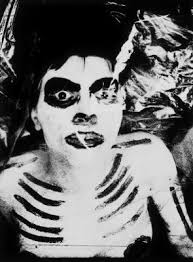
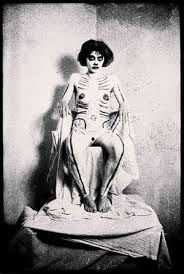
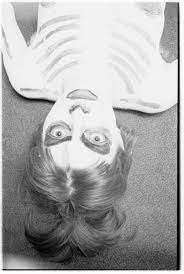
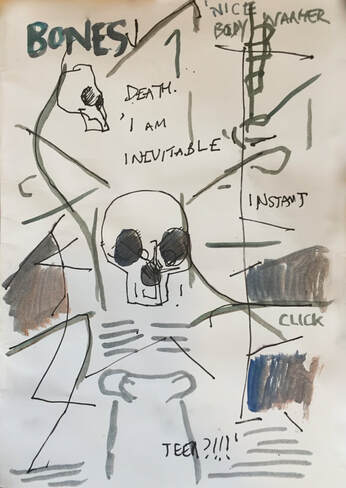
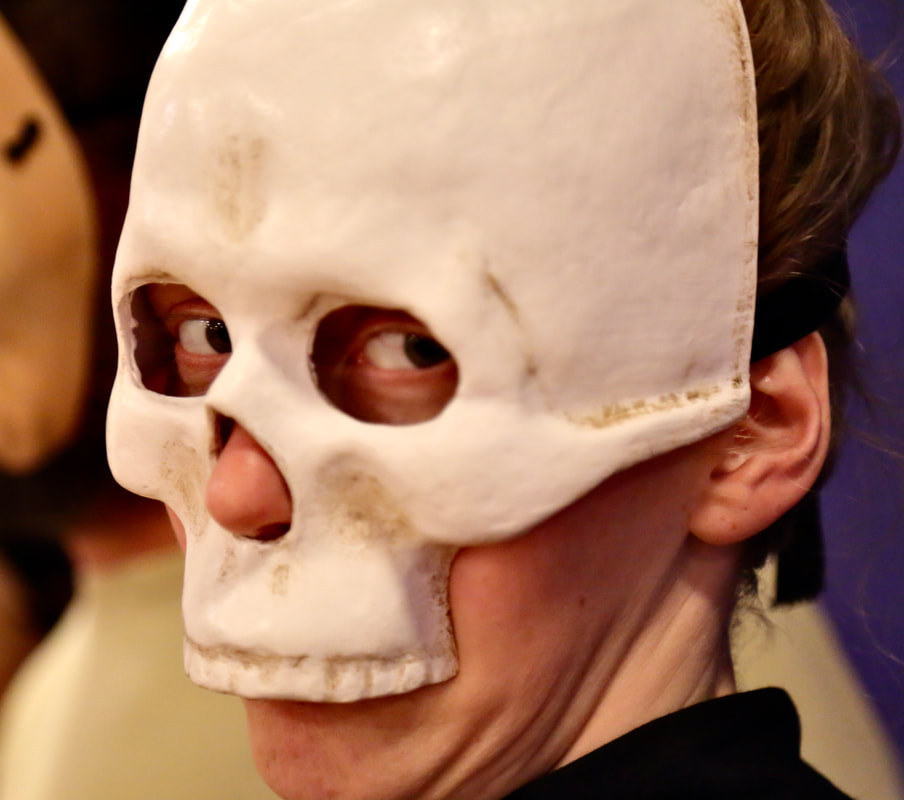
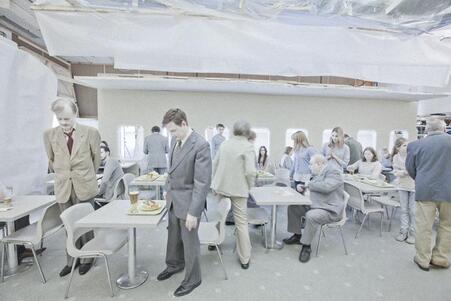
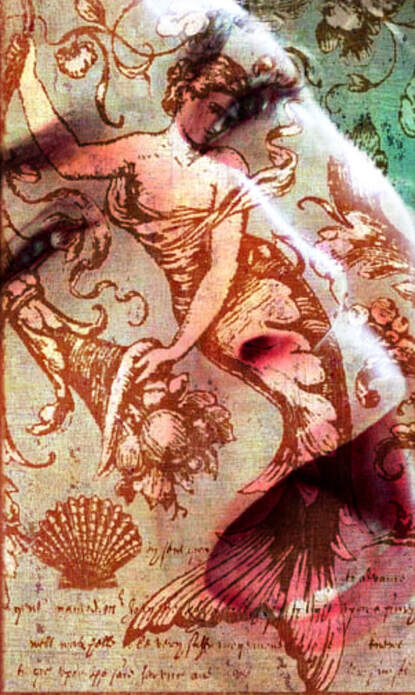
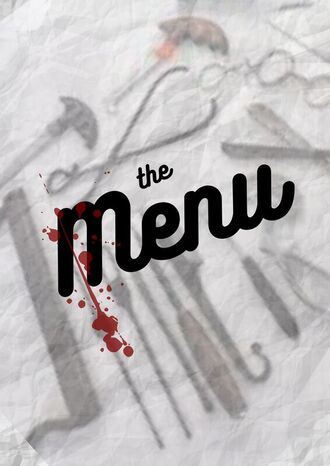
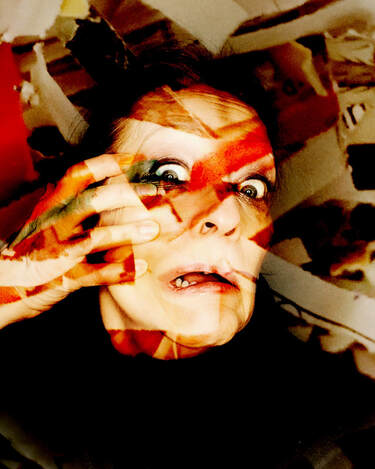


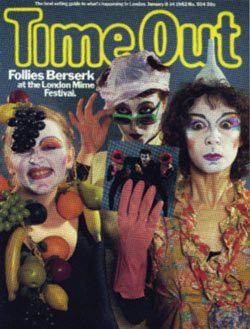


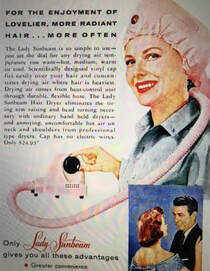
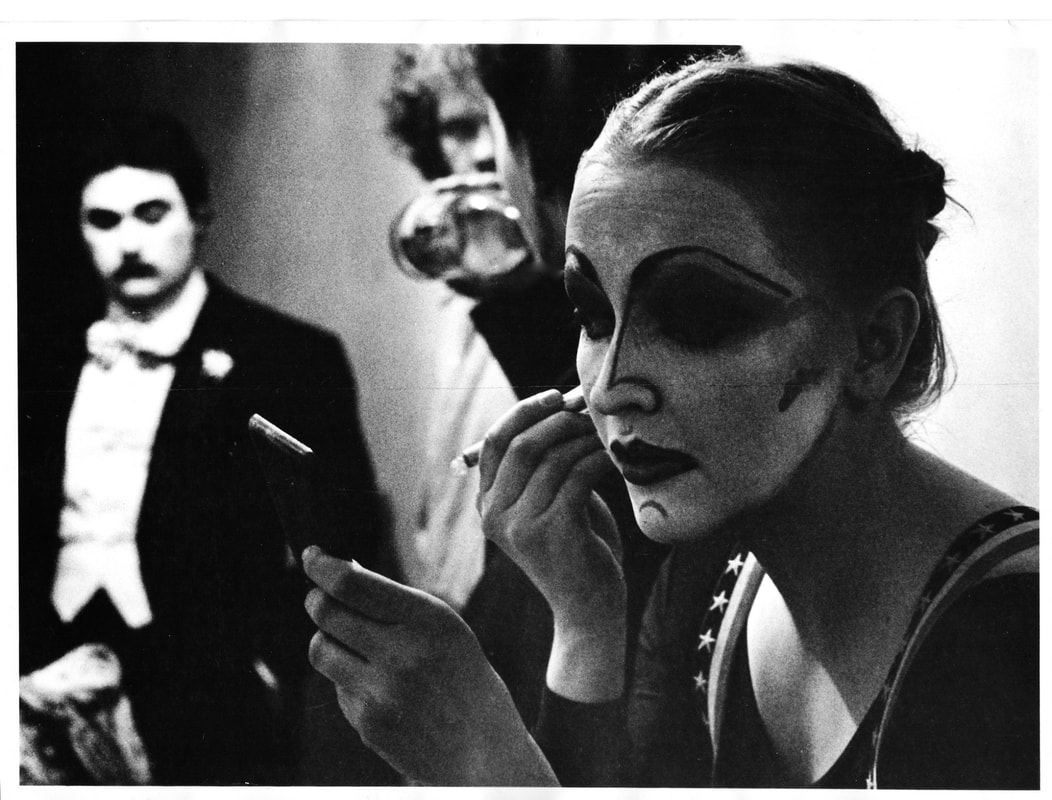
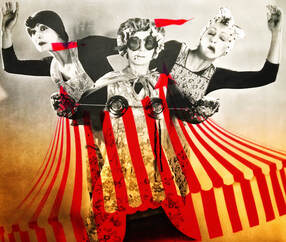
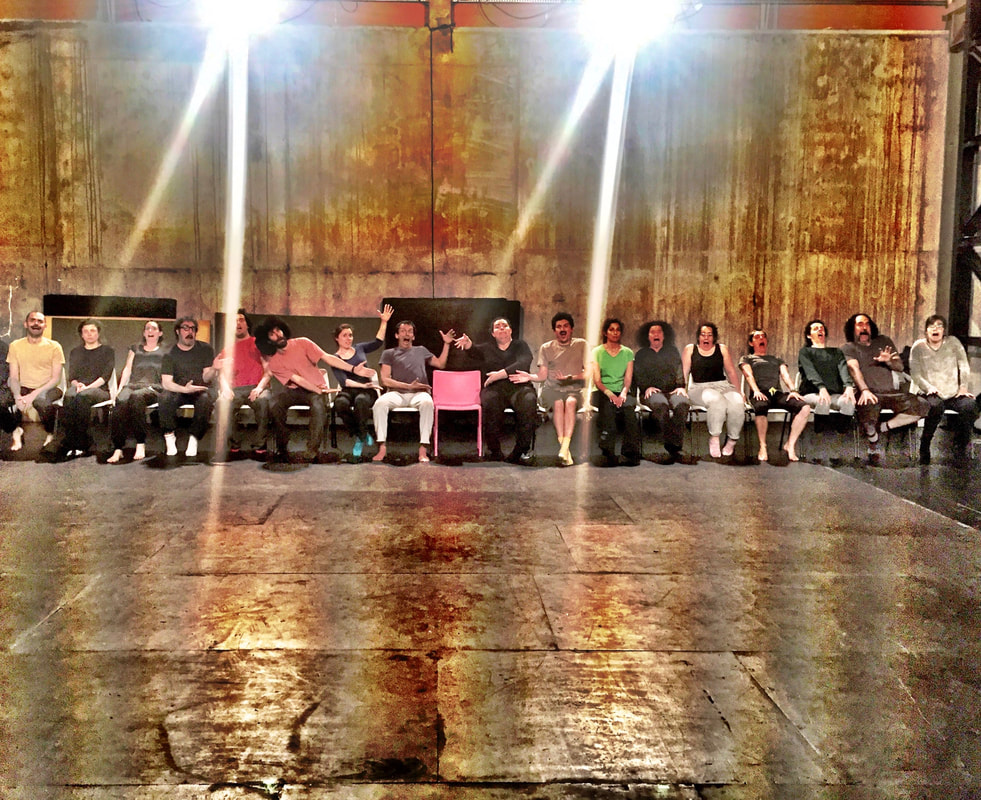
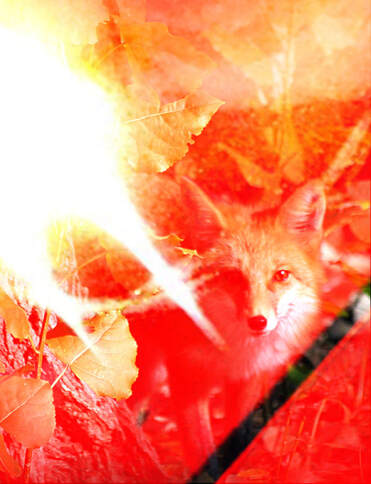
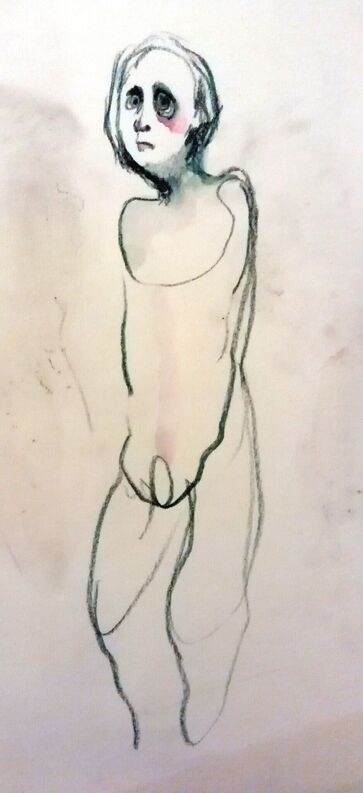
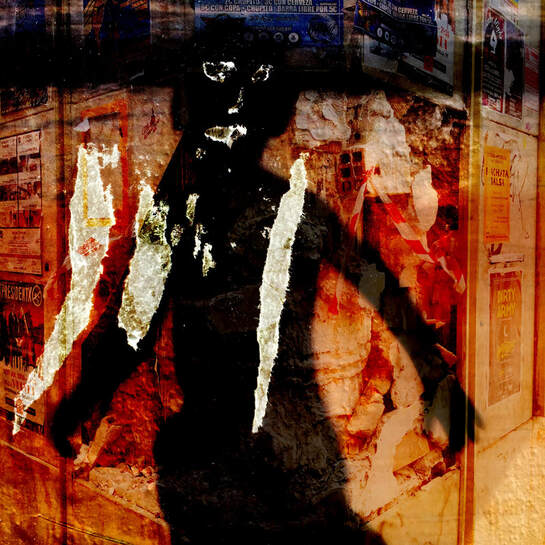
 RSS Feed
RSS Feed
